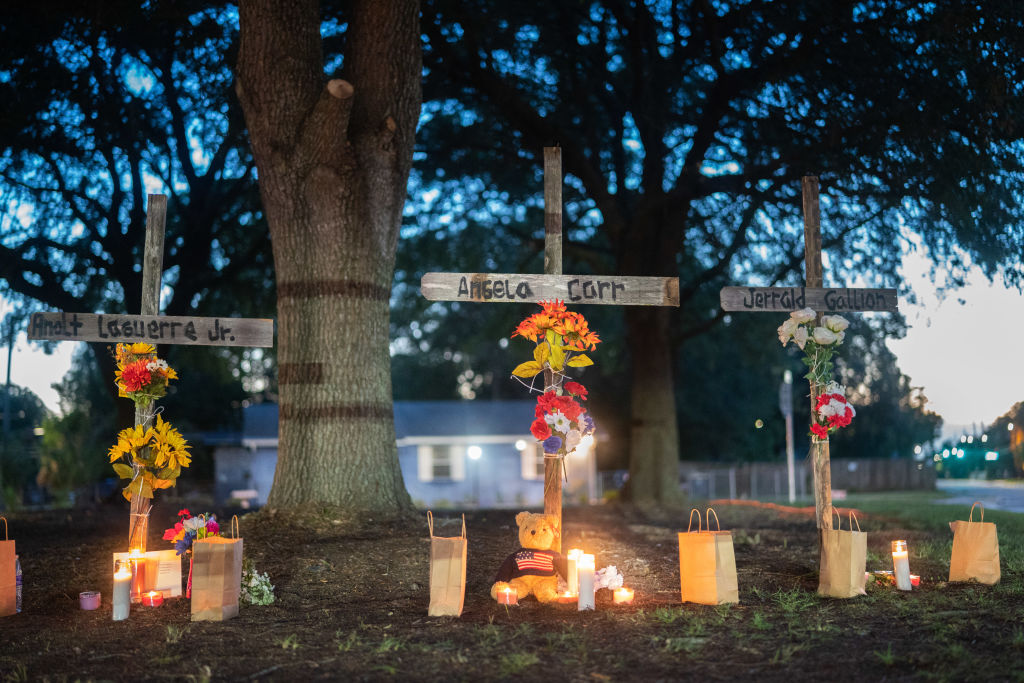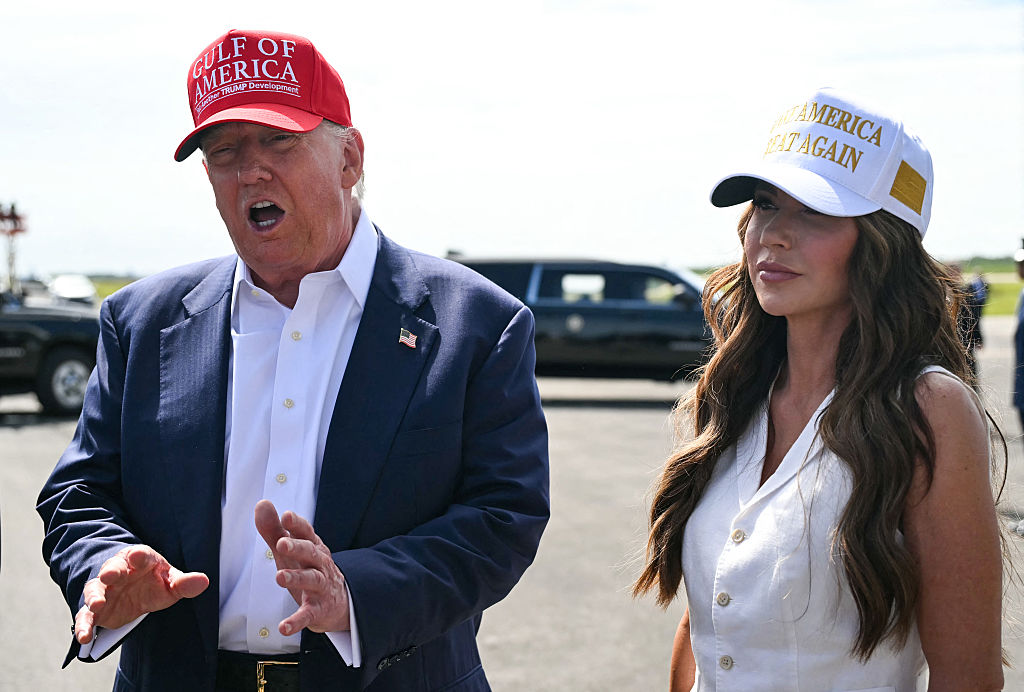Black-On-Black Crime Stereotype Myth: Why It Just Isn't True
Breaking Down The Stereotype: Why The ‘Black-On-Black Crime’ Myth Just Isn’t True

Source: Mohd Khairil Majid / EyeEm / Getty
Crime is a multifaceted issue that affects communities around the world, and discussions about crime statistics can often be oversimplified or misunderstood. One such phrase that has gained attention is “Black-on-Black crime.” The harmful trope has been perpetuated and spewed by right-wing politicians, some say, to justify the over-policing of Black communities across the United States. But it’s a complex issue that must be viewed through a broader lens.
The phrase “Black-on-Black crime” is used to describe instances where Black individuals commit crimes against other Black individuals within predominantly Black neighborhoods. Crime tends to occur within close-knit communities due to geographic and social proximity. Does crime happen within Black communities? Yes, but intra-racial crime happens in any neighborhood where the majority is made up of a specific race or cultural background.
The myth of “Black-on-Black crime” is harmful and dangerous. It perpetuates stereotypes and diverts attention away from addressing the root causes of crime, such as socio-economic disparities and lack of access to quality education and opportunities. To have a meaningful discussion about crime, it’s important to consider these factors.
Where does the history of Black-on-Black crime come from?
The myth of Black-on-Black crime first appeared in Fredrick Hoffman’s popular 1986 study, Race Traits and Tendencies of the American Negro. Using a combination of statistics, eugenic theory and speculation, Hoffman argued that Black people had issues with crime at a higher rate than other minority groups. His theory was later dubbed “The Negro Problem.”
According to Teen Vogue, in his controversial study, Hoffman penned that “The colored male…only too often leads the life of a vagrant.” He also alleged that Black men had a “greater tendency to crime and pauperism than the whites.”
Hoffman’s eye-brow-raising study of the Black community was controversial for many reasons. Some historians claimed that the German author and immigrant was a proponent of racial hierarchy and white supremacy, which may have influenced his views on the Black community and his study overall. Other experts say that the statistician sheds light on the social and economic factors that can exacerbate crime in Black communities. But Hoffman’s data hasn’t withstood the test of time.
A report published by The Bureau of Justice Statistics in 2019 found that Black offenders committed crimes against Black victims at the same rate violent offenders from white communities commit crimes against white victims.
Between 2014 and 2018, 62% of violent crimes carried out against white victims were white assailants. Around 70% of violent incidents committed against Black victims were carried out by Black offenders, according to the report. The same trend appeared to ring true for the Hispanic community, albeit at a lower rate, hovering at 45%.
White-on-white crime exists, and Black-on-Black crime seems to be perpetuated and promoted throughout mass media
Harvard Kennedy School professor Khalil Gibran Muhammad told ABC News 2020 that the Black-on-Black crime myth is often used as a political talking point to excuse disproportionate incarceration rates and aggressive police policies in the Black community.
“We certainly understand when someone makes a categorical claim about an entire group of people as a race of criminals, that that is in fact a racist idea,” Muhammad said.
The dangerous rhetoric has led conservative politicians like Donald Trump to spread fake news about Black crime statistics. In 2015, the former president tweeted a controversial graphic that claimed 97% of Black people killed are killed by other Black people, and that only 80% of white people killed are killed by Black people. He later deleted the misleading post.
It’s the fallacy that led former New York City Mayor Rudy Guiliani to make the bold statement that white officers wouldn’t have to patrol Black communities if Black folks “weren’t killing each other 70-75% of the time.”
Economic and social factors must not be ignored
Crime is a deeply complex phenomenon influenced by a variety of socioeconomic and historical factors, including redlining, discriminatory policy and unequal access to opportunities, all of which have affected Black communities. These structural inequalities can create the perfect breeding ground for crime in the Black community or any community for that matter.
Crime is prevalent in some Black communities, but what are we doing to change it? Focusing solely on “Black-on-Black crime” detracts from addressing the underlying causes of crime and perpetuates harmful stereotypes. To address these challenges effectively, we must consider comprehensive strategies to help uplift and push the Black community forward.
Providing quality education and access to educational resources can empower individuals to break the cycle of crime and poverty. Creating economic opportunities through job training, employment programs and small business support can uplift communities and reduce desperation-driven crime. Establishing community centers, mentorship programs and recreational activities can help strengthen bonds between community members, which can ultimately decrease crime and violence in Black communities.
SEE ALSO:
















